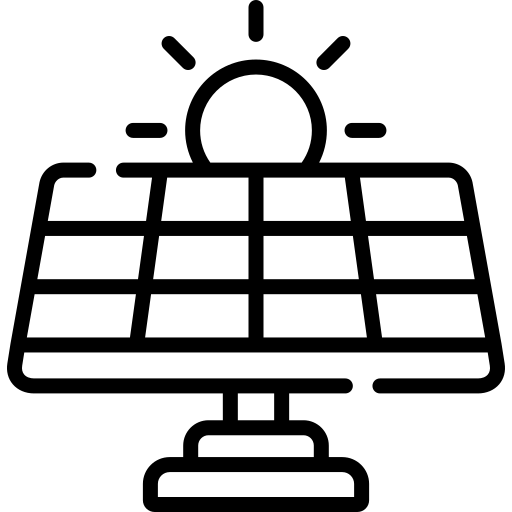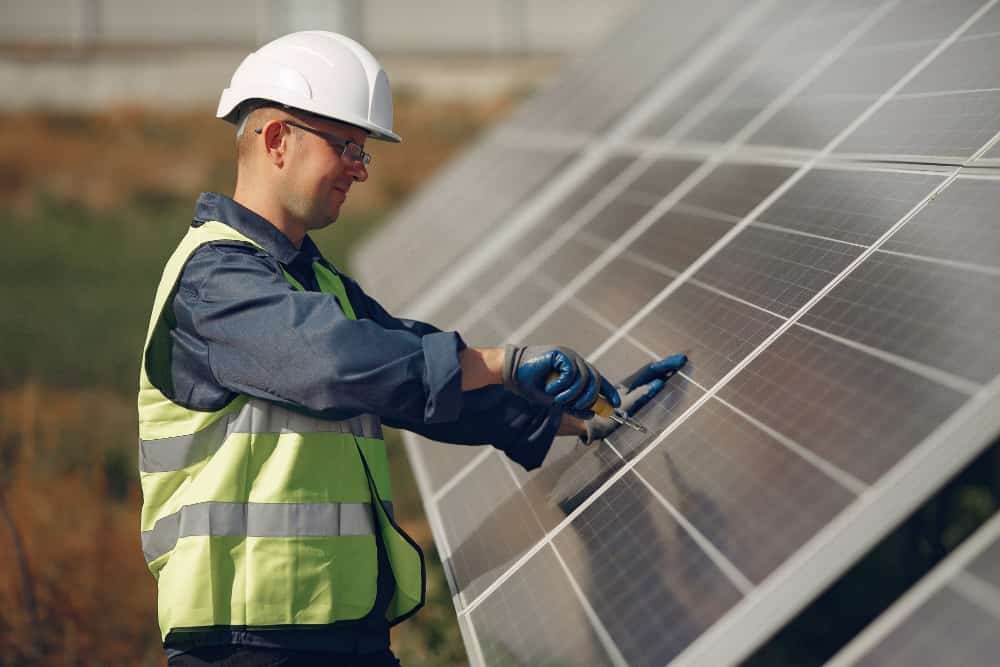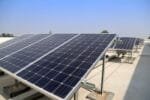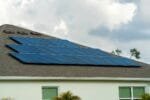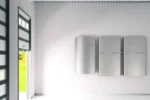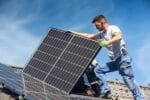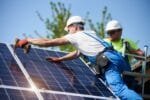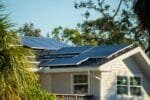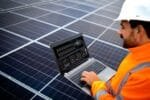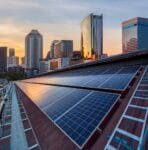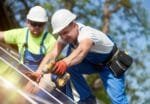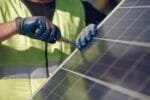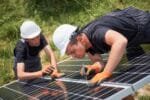Understanding Common Solar Panel Repairs
As the adoption of solar energy continues to grow, so does the need for understanding the maintenance and repair aspects of solar panel systems. Solar panels are a significant investment, and like any investment, they require care and attention to function optimally over their lifespan. While solar panels are designed to be durable and low-maintenance, there are common issues that can arise. In this blog, we will explore the 10 most common solar panel repairs, helping you understand what to look out for and how to address these issues to keep your solar system running efficiently.
1. Cracked or Broken Panels
One of the most visible issues with solar panels is cracking or breaking. This can occur due to severe weather conditions, falling debris, or even poor handling during installation. Cracks can significantly reduce the efficiency of your panels by preventing sunlight from reaching the photovoltaic cells. If you notice cracks or breaks, it’s essential to get them repaired or replaced promptly to maintain your system’s performance.
2. Loose Wiring and Connections
Electrical issues, such as loose wiring and poor connections, are common problems in solar panel systems. These issues can lead to intermittent power production or complete system failure. Regular inspections by a professional can help identify and rectify loose connections, ensuring that your system operates smoothly and efficiently.
3. Inverter Failure
The inverter is a critical component of your solar power system, converting the DC electricity generated by your panels into AC electricity used in your home. Inverter failure can disrupt this process, leading to a loss of power generation. Signs of inverter issues include warning lights or error messages on the inverter display. Regular maintenance and timely repairs are crucial to avoid prolonged downtime.
4. Hot Spots
Hot spots occur when a portion of the solar panel overheats, usually due to faulty cells, poor soldering, or shading from debris or dirt. These hot spots can decrease the efficiency of your solar panel and potentially cause further damage. Cleaning your panels regularly and ensuring they are free from obstructions can help prevent hot spots. If hot spots develop, professional repair is necessary to address the underlying issues.
5. Micro-Cracks
Micro-cracks are tiny fractures in the solar cells that are often invisible to the naked eye. These cracks can develop during manufacturing, shipping, or installation. Over time, they can expand and cause significant efficiency losses. Regular performance monitoring and thermal imaging inspections can help detect and address micro-cracks before they lead to major problems.
6. PID (Potential Induced Degradation)
PID is a phenomenon that occurs when voltage differences between the solar cells and the grounding system cause leakage currents, leading to power loss. This degradation can significantly impact the efficiency and lifespan of your solar panels. Installing PID-resistant materials and regular maintenance can help mitigate this issue. If PID is detected, professional intervention is required to repair or replace affected components.
7. Delamination
Delamination refers to the separation of the layers within a solar panel, which can occur due to manufacturing defects, physical damage, or prolonged exposure to extreme weather conditions. This issue can lead to water ingress and subsequent damage to the solar cells. If you notice any signs of delamination, such as bubbling or peeling, it’s crucial to seek professional repairs to prevent further deterioration.
8. Corrosion
Corrosion can affect the metal components of your solar panel system, particularly in coastal areas where saltwater exposure is a concern. Corroded parts can lead to electrical faults and decreased system performance. Regular inspections and the use of corrosion-resistant materials can help protect your system. If corrosion is identified, immediate cleaning and replacement of affected parts are necessary.
9. Faulty Junction Boxes
The junction box is a critical component that houses electrical connections and protects them from environmental factors. A faulty junction box can lead to connectivity issues and potential electrical hazards. Regular checks and maintenance can help ensure that the junction boxes are in good condition and functioning correctly. If a fault is detected, professional repair or replacement is required.
10. Monitoring System Issues
A solar panel monitoring system is essential for tracking the performance and efficiency of your solar power system. Issues with the monitoring system, such as software glitches or sensor failures, can lead to inaccurate data and missed performance problems. Ensuring that your monitoring system is up-to-date and regularly maintained can help you detect and address issues promptly.
Conclusion
Regular maintenance and prompt repairs are key to ensuring the longevity and efficiency of your solar panel system. By understanding and addressing these common issues, you can protect your investment and continue to enjoy the benefits of clean, renewable energy. If you encounter any of these problems, don’t hesitate to contact Solar X LLC for professional assistance. With over 15 years of experience serving New Jersey and eastern Pennsylvania, we are your trusted experts in solar maintenance and repairs. Contact us today for a consultation and keep your solar panels in top condition.

